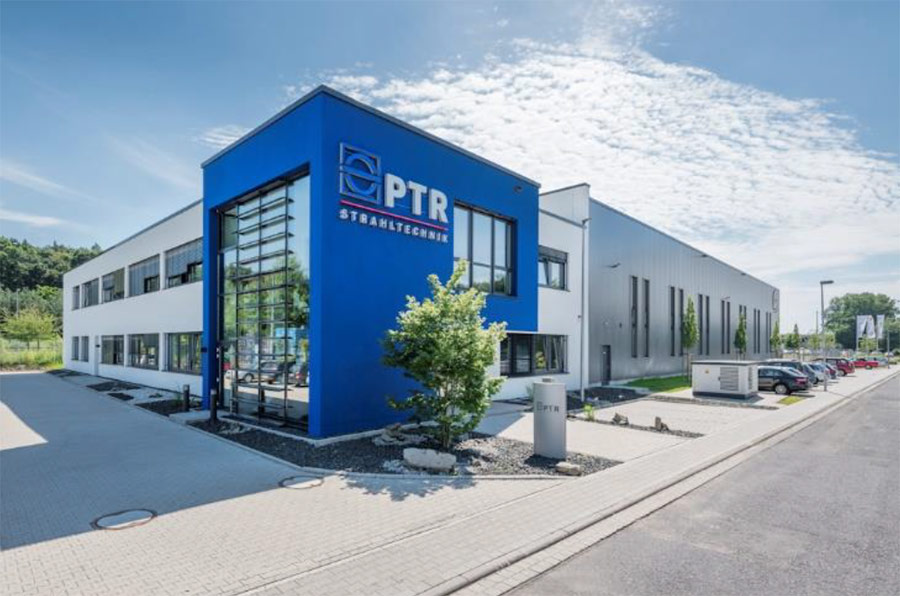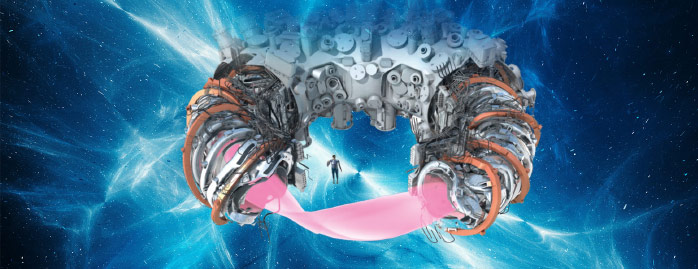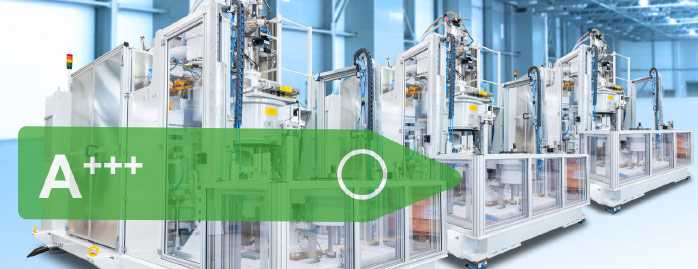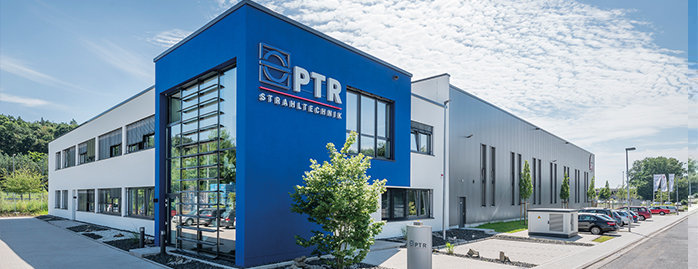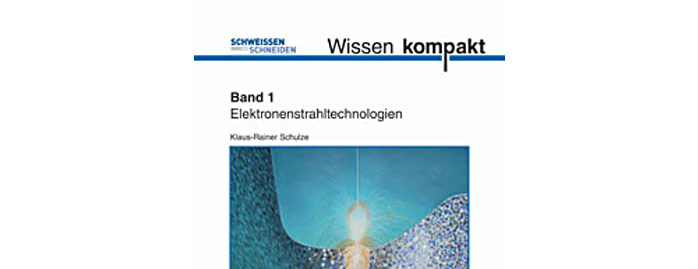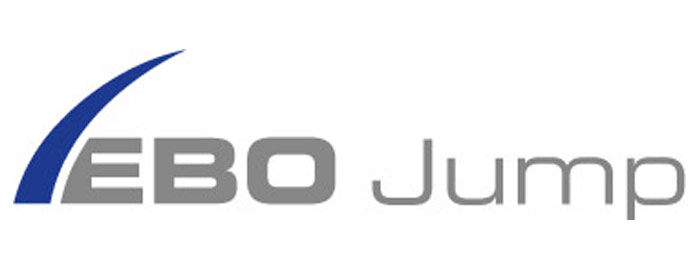30 years of PTR Strahltechnik: from gear construction to e-mobility with the “all-rounder” electron beam
First of all, the electron beam is obviously not capable of doing everything. However, it can be put to use in a wide range of metal-processing applications, such as welding, drilling or surface treatment. What’s more, these processes can be performed in a vacuum or in a normal atmosphere. It is also so effective and, consequently, so economical that you could actually call it an all-rounder. The number of application examples is huge.
Based in the Hessen town of Langenselbold, PTR STRAHLTECHNIK GmbH, a leading, globally active company specialising in electron beam development and applications, is celebrating its thirtieth birthday this year. The uninterrupted history of electron beam welding in the Hanau region is much longer, though. W.C. Heraeus built the first series machine for IBM back in 1963. It used a fully automated system to weld parts for computer printers with a precision of 0.01 mm and achieved extremely high productivity at 40 parts per cycle – each with four welding points.
1967 saw the first indexing machine for the automotive sector integrated into a production line for the VW Group in Baunatal to weld gear wheel combinations in a fine vacuum at a piece rate of 13 seconds. This type of application is still in use today and has been constantly further developed over the course of more than 50 years.
We now refer to high-precision welding of previously hardened and finished ground ratchet wheels with sychroniser rings for passenger car gears as a classic method. Several hundred PTR machines around the world are used for this application of electron beams alone, which also delivers low-warpage joining of complicated individual parts in top-of-the-range automatic gears. Thanks to the renowned deep welding effect, PTR has also developed numerous fields of application for commercial vehicles: axle assemblies, gear components, cooling duct pistons, dampers, pressure accumulators, and more. The electron beam is also eminently suitable for joining complicated material combinations together, such as those found on turbocharger rotors.
Apart from welding, the electron beam is also a well-established tool for precise local hardening of highly stressed zones on camshafts or valves in vehicle engines. It is no wonder that the use of electron beam technology has been recognised as extremely economical in the automotive sector (OEMs and suppliers), one of the most important branches of industry. This is also very much because electron beam technology allows complex assemblies to be joined together using individual parts that can be manufactured at a low cost. Multiple companies each operate up to 70 electron beam machines supplied by PTR. These machines have been supplied as mass production equipment, which also incorporates automated interlinking with upstream and downstream processes.
The increasingly important challenges of climate protection havealso forced changes in the automotive sector. Lightweight design has been a focus for many years now, but the key change is the current trend towards e-mobility with its completely different production requirements. In this case, the electron beam is particularly effective in welding copper and aluminium, including their alloys.This particle beam faces practically no barrierson the material surface in terms of reflection, oxide layers or similar, meaning that the beam energy engages with the material extremely quickly and penetrates deeply. High-current connectors, hairpin joints for high-performance rotors and stators and housings for sensitive components or batteries, as well as many other different and new tasks – including those outside the automotive industry – constitute the current challenges that the experts at PTR have faced and will continue to face. The wealth of experience that employees have gained throughout the company’s long history and close cooperation with users are crucial for success in this future-oriented industry.
Dipl.-Ing. Uwe Müller, PTR STRAHLTECHNIK GmbH, Langenselbold
Published in Schweißen und Schneiden 71(2019) No. 1
PTR Strahltechnik
